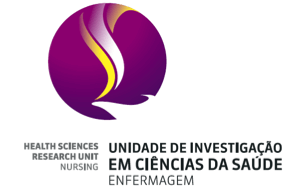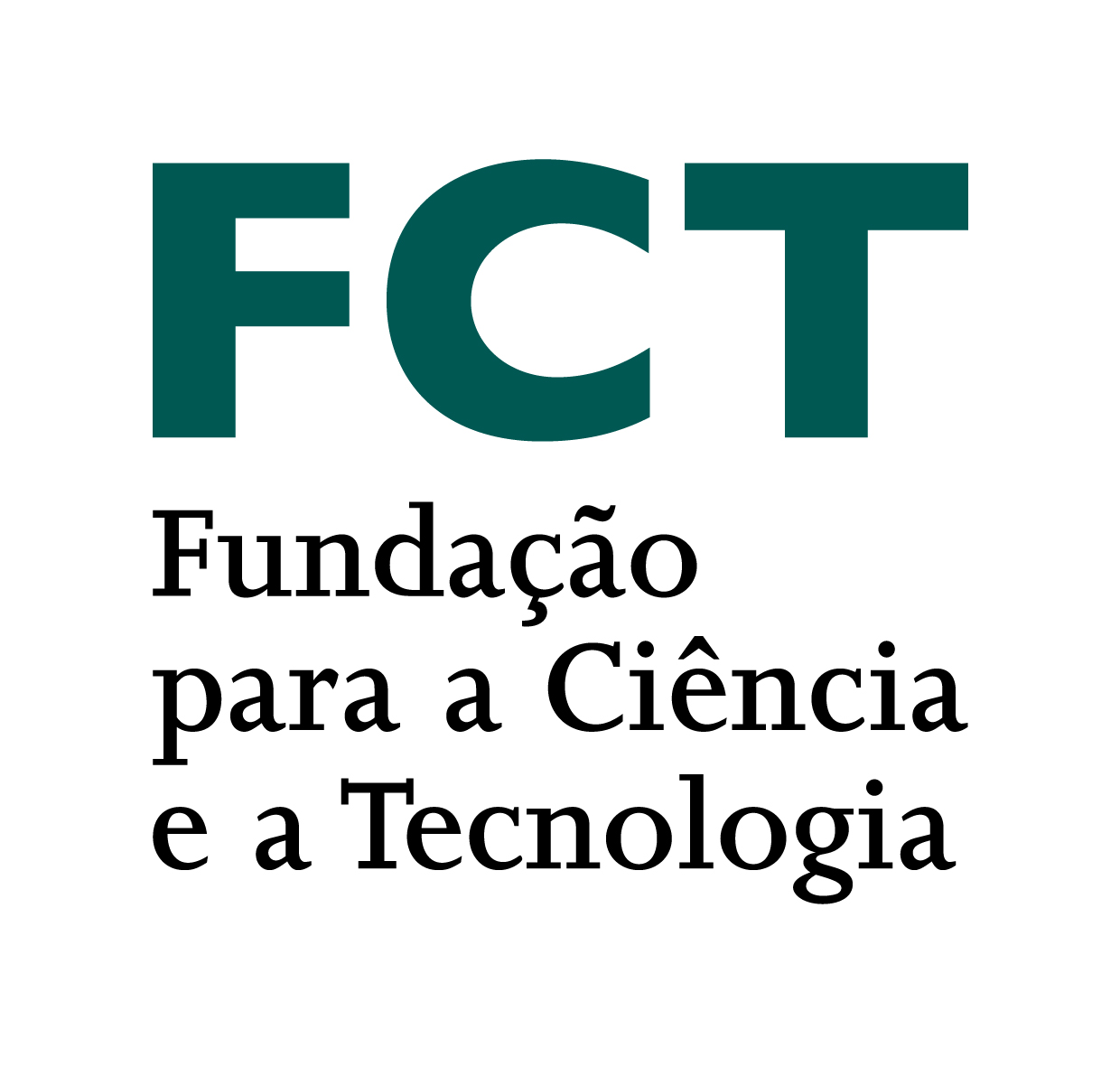ATENÇÃO
Comunicamos que esta página da revista não se encontra atualizada.
Decorrente da transição da Revista de Enfermagem Referência para a plataforma OJS (Open Journal Systems) a submissão de artigos, desde o dia 01 de janeiro de 2023, será realizada exclusivamente através da seguinte página: https://revistas.rcaap.pt/referencia, onde poderá encontrar todas as políticas editoriais, e ainda as instruções aos autores e os respetivos templates para processo de submissão.
|
Resumo
Enquadramento: O trauma é um problema de saúde pública com considerável impacto social e económico. Contudo, a evidência nacional sobre a sua caracterização e o papel da enfermagem na sua gestão é ainda escassa. Objetivos: Avaliar a eficácia da intervenção de enfermagem na estabilização da pessoa vítima de trauma, prestada pelos enfermeiros das Ambulâncias de Suporte Imediato de Vida em Portugal. Metodologia: Estudo observacional, prospetivo e descritivo-correlacional. Dados colhidos pelos enfermeiros das Ambulâncias de Suporte Imediato de Vida de Portugal continental, de 01/03/2019 a 30/04/2020, e nos Açores, de 01/10/ 2019 a 30/04/2020. Avaliaram-se índices de gravidade do trauma antes e após as intervenções dos enfermeiros. Resultados: Incluíram-se 606 casos (79,4% trauma fechado; 40,8% por acidentes rodoviários) reportados por 171 enfermeiros. Para gerir as vítimas de trauma, o enfermeiro realizou maioritariamente intervenções de suporte hemodinâmico (88,9%) e de controlo não-farmacológico da dor (90,6%). A intervenção dos enfermeiros melhorou os índices de gravidade RTS e SI (p < 0,001). Conclusão: A intervenção pré-hospitalar dos enfermeiros melhora o quadro clínico das vítimas de trauma. Palavras-chave ferimentos e lesões; índices de gravidade do trauma; avaliação do impacto na saúde; cuidados de enfermagem; Portugal
Alarhayem, A. Q., Myers, J. G., Dent, D., Liao, L., Muir, M., Mueller, D., Nicholson S., Cestero, R., Johnson, M. C., Stewart, R., O’Keefe, G., & Eastridge, B. J. (2016). Time is the enemy: Mortality in trauma patients with hemorrhage from torso injury occurs long before the “golden hour”. American Journal of Surgery, 212(6), 1101-1105. https://doi.org/10.1016/j.
amjsurg.2016.08.018 Alvarez, B. D., Razente, D. M., Lacerda, D. A., Lother, N. S., LC, V. O.-B., & Stahlschmidt, C. M. (2016). Analysis of the Revised Trauma Score (RTS) in 200 victims of different trauma mechanisms. Revista do Colegio Brasileiro de Cirurgioes, 43(5), 334-340. https://doi.org/10.1590/0100-69912016005010 American College of Surgeons (2012). Advanced Trauma Life Support - Student Course Manual. ATLS. Brinck, T., Handolin, L., & Lefering, R. (2016). The Effect of Evolving Fluid Resuscitation on the Outcome of Severely Injured Patients: An 8-year Experience at a Tertiary Trauma Center. Scandinavian Journal of Surgery, 105(2), 109-116. https://doi.org/10.1177/1457496915586650 Cannon, C. M., Braxton, C. C., Kling-Smith, M., Mahnken, J. D.,Carlton, E., & Moncure, M. (2009). Utility of the shock index in predicting mortality in traumatically injured patients. Journal of Trauma and Acute Care Surgery, 67(6), 1426-1430. https://doi.org/10.1097/TA.0b013e3181bbf728 Champion, H. R., Sacco, W. J., Copes, W. S., Gann, D. S., Gennarelli, T. A., & Flanagan, M. E. (1989). A revision of the Trauma Score. The Journal of Trauma, 29(5), 623-629. https://doi.org/10.1097/00005373-198905000-00017 D’Alessandro, A., Moore, H. B., Moore, E. E., Reisz, J. A., Wither, M. J., Ghasasbyan, A., Chandler, J., Silliman, C. C., Hansen, K. C., &Banerjee, A. (2017). Plasma succinate is a predictor of mortality in critically injured patients. The Journal of Trauma and Acute Care Surgery, 83(3), 491-495. https://doi.org/10.1097/TA.0000000000001565 Gabbe, B. J., Cameron, P. A., & Finch, C. F. (2003). Is the revised trauma score still useful? ANZ journal of surgery, 73(11), 944-948. https://doi.org/10.1046/j.1445-1433.2003.02833.x Instituto Nacional de Estatistica (2020). Estatísticas da Saúde - 2018. 2020. Instituto Nacional de Estatistica. https://www.ine.pt/xurl/pub/257793024 Johnson, M. C., Alarhayem, A., Convertino, V., Carter, R., 3rd, Chung, K., Stewart, R., Myers, J., Dent, D., Liao, L., Cestero, R., Nicholson, S., Muir, M., Schwaca, M., Wampler, D., DeRosa, M., & Eastridge, B. J. (2017). Comparison of compensatory reserve and arterial lactate as markers of shock and resuscitation. The Journal of Trauma and Acute Care Surgery, 83(4), 603-608. https://doi.org/10.1097/TA.0000000000001595 Despacho n.o 5561/2014 do Ministerio da Saude (2014). Diario da Republica: II serie, no 79. https://dre.pt/application/conteudo/25696609 Ministerio da Saude. (2017). O INEM. 2020. INEM. https://www.inem.pt/category/inem/o-inem/ Mock, C., Juillard, C., Brundage, S., Goosen, J., & Joshipura, M. (2009). Guidelines for trauma quality improvement programmes. World Health Organization. Mota, M., Cunha, M., Santos, M. R., Cunha, I., Alves, M., & Marques, N. (2019). Pre-Hospital Nursing Interventions: Narrative Review. Revista Enfermagem em Foco 10 (4), 122-128. https://doi.org/10.21675/2357-707X.2019.v10.n5.3908 Mota, M., Cunha, M., Santos, M. R., Silva, D., & Santos, E. (2019). Non-pharmacological interventions for pain management in adult victims of trauma: a scoping review protocol. JBI Database of Systematic Reviews and Implementation Reports, 17(12), 2483-2490. https://doi.org/10.11124/JBISRIR-2017-004036 Mutschler, M., Nienaber, U., Munzberg, M., Wolfl, C., Schoechl, H., Paffrath, T., Bouillon, B., & Maegele, M. (2013). The Shock Index revisited–a fast guide to transfusion requirement? A retrospective analysis on 21,853 patients derived from the TraumaRegister DGUR. Critical Care, 17(4), R172. https://doi.org/10.1186/cc12851 Parreira, J. G., Rondini, G. Z., Below, C., Tanaka, G. O., Pelluchi, J. N., Arantes-Perlingeiro, J., Solda, S. C., &Assef, J. C. (2017). Trauma mechanism predicts the frequency and the severity of injuries in blunt trauma patients. Revista do Colegio Brasileiro de Cirurgioes, 44(4), 340-347. https://doi.org/10.1590/0100-69912017004007 Sartorius, D., Le Manach, Y., David, J. S., Rancurel, E., Smail, N., Thicoipe, M., Wiel, E., Ricard-Hibon, A., Berthier, F., Gueugniaud, P., & Riou, B. (2010). Mechanism, glasgow coma scale, age, and arterial pressure (MGAP): a new simple prehospital triage score to predict mortality in trauma patients. Critical Care Medicine, 38(3), 831-837. https://doi.org/10.1097/CCM.0b013e3181cc4a67 Soren, S., Linda, W., & Veronica, L. (2015). Development of the Pre-hospital Emergency Care, The Registered Nurses’ Role in the Ambulance Service- A Swedish Perspective. Emergency Medicine Journal, 6(1), 294. https://doi.org/10.4172/2165-7548.1000294 Spahn, D. R., Bouillon, B., Cerny, V., Duranteau, J., Filipescu, D., Hunt, B. J., Komadina, R., Maegele, M., Nardi, G., Riddez, L., Samama, C., Vincent, J., & Rossaint, R. (2019). The European guideline on management of major bleeding and coagulopathy following trauma. Critical Care, 23(1), 98. https://doi.org/10.1186/s13054-019-2347-3
| ||||||||||||||||||||||||||||




















